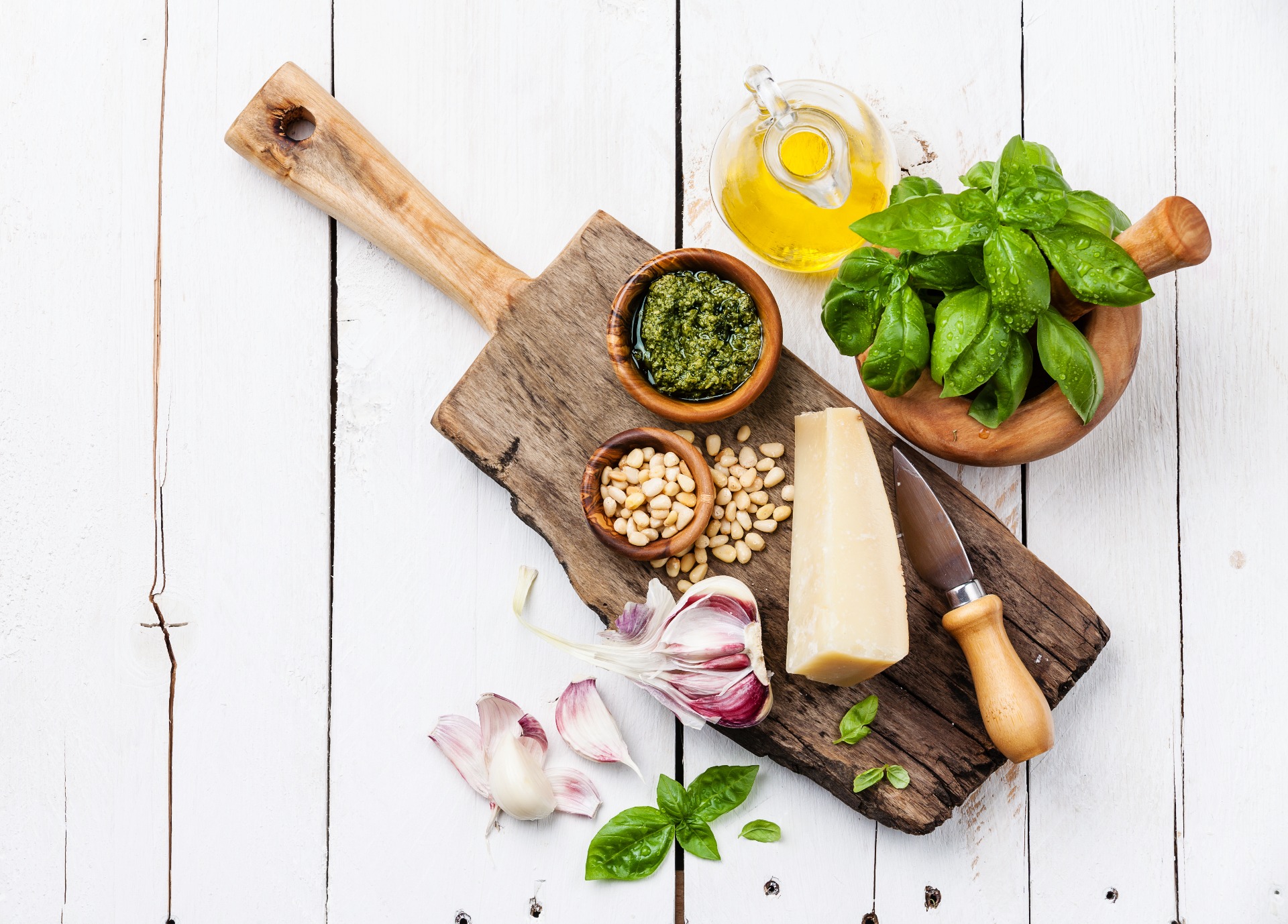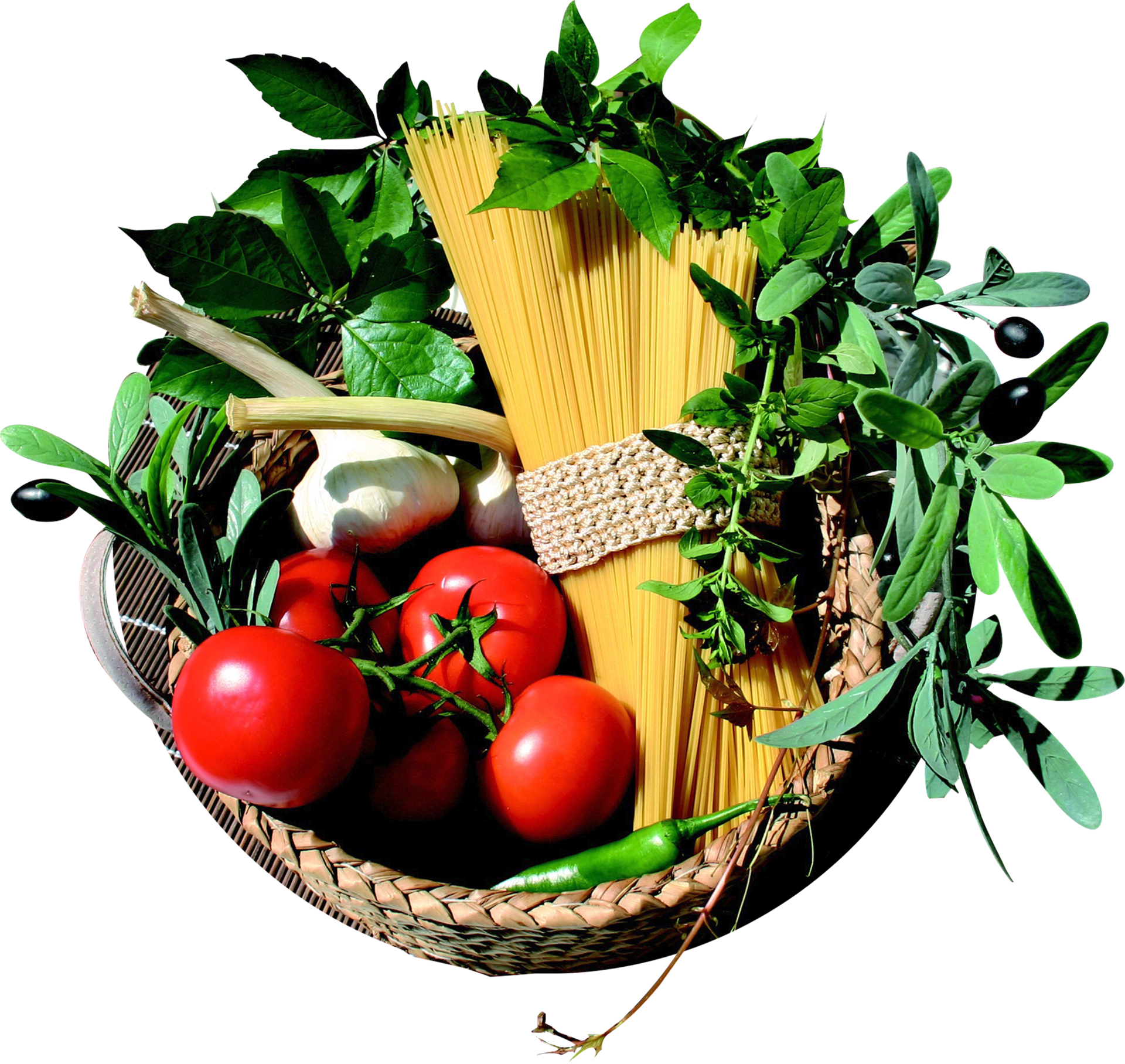
HEALTHY FOOD AND INFORMATION ABOUT IT

Healthy Teenagers: Vital Ingredients and Potential Deficiencies

Have you ever asked if a proper nutrition is essential for maintaining optimal health and well-being? Our bodies require a wide range of vital ingredients, including whole grains, lean proteins, and other nutrients, to function correctly. Unfortunately, many people suffer from deficiencies in these crucial elements, which can lead to various health issues. From a young age, we are taught about the importance of a balanced diet, but understanding the specific roles of vital ingredients and the consequences of their deficiencies is crucial. Whole grains, such as brown rice, quinoa, and whole-wheat bread, are excellent sources of complex carbohydrates, fiber, and various B vitamins. Lean proteins, such as chicken, turkey, fish, and plant-based sources like lentils and tofu, are essential for muscle growth and repair. A diet rich in fruits and vegetables is vital for teenagers, as these nutrient-dense foods are packed with essential vitamins, minerals, antioxidants, and fiber. While often vilified, healthy fats, such as those found in avocados, nuts, and fatty fish like salmon, are crucial for teenagers' growth and development. Deficiencies in these vital ingredients can have severe consequences on our health. For example, a lack of vitamin C can lead to scurvy, a condition characterized by weakness, anemia, and gum disease, while an iron deficiency can cause fatigue, weakness, and impaired cognitive function. Therefore, it is crucial to understand the sources of these vital ingredients and how to incorporate them into our diets to maintain optimal health and prevent deficiencies.

Fruits can be fresh, canned, frozen, or dried, and may be whole, cut-up, or pureed. Products with fruit concentrate count as long as water is not the primary ingredient and one can prefer to eat whole fruit rather than drink fruit juices or sweetened smoothies. A variety of vegetables must be eaten, especially dark-green, red, and orange vegetables, and those in the pea and bean (legume) groups. Also, include beans and peas with meals a few times a week, and ensure to consume several servings of vegetables without any sodium, added sauces, fat, and seasonings. Plant-based sources of protein can be chosen often such as legumes (beans, peas, and lentils), soy products (e.g., tofu, tempeh, plant-based burgers, and unsweetened plant-based versions of yogurt, "milk," and "cheese"), peanuts and other nuts, seeds, and seed products (e.g., nut butters). Lean options from the animal kingdom can include various fish like salmon, herring, trout, sardines, and mackerel; other seafood like shrimp, crab, and clams; other protein sources like egg whites, fish, poultry, or pork; as well as eggs, skinless poultry, and lean cuts from the butcher." Structured eating plan emphasizes the need to consume a variety of nutrient-dense foods and beverages within the essential food groups, based on energy needs. Some of the recommended food groups for daily consumption can be whole grains, lean proteins, fruits, vegetables, nuts, seeds and other heart-healthy fats. Whole grains include wheat, rice, oats, barley, corn, millet, quinoa, popcorn, and bulgur. When buying grains, look for the words "whole" or "100 percent whole" to make sure the items included whole grains and include high protein, unsweetened cereals with minimal or no preservatives and sweeteners; a couple grains to include in one's diet are farro, barley, kamut, or quinoa. There are a few options for lean proteins, mostly from plant-based sources like nuts, seeds, legumes, and soy products or one can prefer to consume fish, skinless poultry, and lean cuts of pork (e.g., pork loins and chops) (Roldán et al., 2022). "A balanced and healthy diet along with regular physical activity is very important and fundamental for good health and to reduce the risk of developing chronic diseases. Plant-based dietary patterns which include whole grains, legumes, fruits and vegetables, nuts and seeds and oils should be preferred for the primary prevention of chronic diseases and the optimal management of a variety of health conditions (Hever & J Cronise, 2017).Moreover, lean sources of protein like fish, chicken, turkey, lean cuts of pork, beans,peas and legumes, tofu and other soy-based products and low-fat dairy products promote effective weight management by supporting the preservation of calorie-burning lean muscle mass, thus contributing to overall health (Adhikari et al., 2022). In conclusion, incorporating whole grains, lean proteins, fruits, vegetables, and healthy fats into your diet is essential for maintaining good health. These vital ingredients provide a wide array of nutrients that support various bodily functions and help reduce the risk of chronic diseases. By making conscious choices to include these foods in your meals, you can improve your overall health and well-being in the long run.
Humans need a diet that contains a variety of nutrients including macronutrients and micronutrients, found in both animal-source foods (ASF) and plant-source foods (PSF). In the developed world, dietary diversity that includes animal-source foods (meat, fish, dairy, and eggs) is foundational to adequate nourishment. It is not just dietary diversity that is important, but also that these foods themselves are rich in a broad array of micronutrients. In the developing world, dietary diversity is hardly assured due to a foundational dependence on inexpensive, available staple foods such as maize, rice, wheat, or pulses (A. Masters et al., 2022). Lack of dietary diversity at the household level means that common nutrient deficiencies persist. It might also underlay any number of diet-related chronic health conditions, including micronutrient deficiencies, overweight and obesity due to a high-caloric intake (right—more energy than the body expends), and undernutrition. It is possible that the individual and collective stress caused by the COVID-19 pandemic has only heightened some people's dependency on relatively inexpensive, staple foods. Micronutrients play an essential role as enzymes, coenzymes, or in other metabolic pathways that, if interrupted, can lead to deficiency diseases (Gopalan, 2013). The Food and Agriculture Organization of the United Nations (2020) and the World Health Organization list iron, iodine, zinc, vitamin A, vitamin B6, vitamin B9, vitamin B12, vitamin C, vitamin D, and vitamin E as priority micronutrient deficiencies (Roldán et al., 2022). The potential impact of these micronutrient deficiencies on human capabilities is pervasive, spanning content areas and policy sectors. Measures or interventions to ameliorate symptoms of micronutrient deficiencies are typically cost-effective and improve human capabilities in the broadest sense. Yet, while public health measures have made it less likely that a person will experience catastrophe from micronutrient deficiencies, it remains the case that symptoms of these deficiencies are prevalent. The importance of these food groups cannot be overstated. A diet lacking in whole grains, lean proteins, fruits, and vegetables can lead to a range of deficiencies and health problems. For example, a diet low in whole grains can lead to constipation, diverticulitis, and an increased risk of heart disease. Similarly, a diet deficient in lean proteins can result in muscle wasting, weakness, and a compromised immune system. A lack of fruits and vegetables can lead to scurvy, a condition characterized by fatigue, weakness, and bleeding gums. Furthermore, a diet that is deficient in these vital ingredients can also lead to a range of micronutrient deficiencies, including iron, calcium, and vitamin D deficiencies. These deficiencies can have serious health consequences, including anemia, osteoporosis, and increased risk of infections. Therefore, it is essential to include a variety of whole grains, lean proteins, fruits, and vegetables in one's diet to maintain optimal health and reduce the risk of chronic diseases.

In conclusion, maintaining a balanced and nutrient-rich diet is crucial for overall health and well-being. Throughout this discussion, we have explored the vital ingredients that our bodies require and the potential consequences of deficiencies. From essential vitamins and minerals to macronutrients like proteins, carbohydrates, and healthy fats, each component plays a vital role in supporting various bodily functions. Take charge of your health by prioritizing a diverse and wholesome diet. Educate yourself on the nutritional values of different foods, and make conscious choices to incorporate a variety of nutrient-dense options into your meals. Consult with healthcare professionals or registered dietitians if you have specific dietary needs or concerns about potential deficiencies. Remember, our bodies are remarkable machines that thrive when provided with the right fuel. By being mindful of our dietary choices and ensuring an adequate intake of vital ingredients, we can prevent deficiencies and promote overall well-being. Embrace a holistic approach to nutrition, and enjoy the journey towards a healthier, more vibrant life.

Bibliography:
Hever, J. & J Cronise, R. (2017). Plant-based nutrition for healthcare professionals: implementing diet as a primary modality in the prevention and treatment of chronic disease. ncbi.nlm.nih.gov
Healthy food for pre-teens and teenagers: the 5 food groups. (2024, February 21). Raising Children Network. https://raisingchildren.net.au/teens/healthy-lifestyle/daily-food-guides/nutrition-healthy-food-teens
Take charge of your health: a guide for teenagers. (2024, May 20). National Institute of Diabetes and Digestive and Kidney Diseases. https://www.niddk.nih.gov/health-information/weight-management/take-charge-health-guide-teenagers

Recipes to stay healthy
for 15 years old teenargers
'Healthy eating is a way of life, so it's important to establish routines that are simple, realistic, and ultimately livable, - Agatston, Arthur. Good nutrition is a base for staying healthy under any circumstances and more so in the teenage years. Conclusion Being a teenager is a very special and hard period to pass, because great physical, emotional, and cognitive changes take place then. It is a balanced diet that is required, so long as it can provide and support the increase in energy, to help build strong bones and muscles, support functions of the brain, and maintain a healthy weight. In this essay, I will outline different recipes designed for teenagers and involved in sports or not involved in sports.

RECIPE 1 HEALTHY EATING PLAN FOR A 15-YEAR-OLD TEEN WITH LOW PHYSICAL ACTIVITY
Designing a diet for teenage athletes, therefore, is a completely different ball game from devising a diet for an average/regular teenager. This is a pre-balanced recipe in such a way that it is targeted for the "special" requirements of the teenage body. Let us look at what would be the most preferred items by teenagers who are not into much of physical work. Let us begin with breakfast: Berry Yogurt Parfait. It needs the following: 1 cup Greek yogurt, 1/2 cup mixed berries, 1/4 cup granola. Preparation: Layer in a glass or bowl the Greek yogurt, mixed berries, and granola. Can drizzle some honey over it if one wants it to be on the 'sweet' side. Enjoy this healthy and delicious parfait for a healthy beginning of the day. Moving ahead, we have lunch. The ingredients are: Whole wheat wrap, 2 tbsp hummus, zucchini, sweet red peppers, cabbage, 1/4 medium avocado. Preparation: Spread the whole wheat wrap with hummus. Then stack up the sliced vegetables and avocado over it. Finish it with more sprouts if the mix is on the softer side. Fold your wrap and sink your teeth into yummy and great filling lunch. Lastly, we end with the dinner: Almond Butter with Apple Slices. The ingredients are: 1 apple, cored; 2 tbsp almond butter. Grub: Dip apple slices into almond butter for a delicious and satisfying, healthy snack. This snack will be filled with fiber, proteins, and healthy fats to keep your energy levels high and sustained all day.
The easiest way to prepare parfait for the lunch in this recipe:

RECIPE 2: HIGH-ENERGY MEAL PLAN FOR 15-YEAR-OLD TEENAGER TRAINING 12 HOURS A WEEK
A 15-year-old doing about 12 h of intensive training in a week should be taken through a high-energy meal plan to meet his required energy and generally support the health of his body. This morning for breakfast is a Smoothie Bowl, made with 1 scoop protein powder, 1 frozen banana, 1/2 cup of berries, 1/4 cup oats, and almond milk—all blended smooth. I topped it with sliced almonds, chia seeds, and shredded coconut to get in some crunch and extra nutrients. There is even a Grilled Chicken Salad for lunch, made from mixed greens, cherry tomatoes, cucumbers, bell peppers, and slices of grilled chicken with balsamic vinaigrette. Dinner is a few simple yet wholesome combinations like 1 cup of Greek yogurt topped with some quality muesli or mixed nuts, such as walnuts, almonds, and cashews, balancing protein and healthy fats with vitamins to sustain energy levels for the demanding schedule of training. This personalized diet will be used to meet the great energy requirements of a very active teenager in class so as to provide enough nutrients for health, strength, and performance all meant for his 12 weekly training hours. A smoothie bowl stands for a quick and easy way to have a number of important nutrients with breakfast, while a grilled chicken salad is indicative of a lunch dish that fills up and satisfies. Greek yogurt combined with nuts is a very easy on-the-go alternative that can be implemented through almost any part of the day.
The easiest way to prepare Grilled Chicken Salad for the lunch in this recipe:
In conclusion, nutrition is taken as a vital key issue due to the fact that it has a greater impact on the lives of the teenagers. By extension, one can easily advance the importance of a balanced diet with foods rich in these nutrients: vitamins, minerals, proteins, and healthy fats to ensure that adolescents achieve their fullness of potential. Proper education is further essential for teens about healthy eating, hydrated foods, and more so on nutritional drives. Therefore, all these stakeholders have to come together and share the resource among other supports that will enable teenagers to make appropriate nutritious decisions. In conclusion, by taking into account proper nutrition, investment is made in a healthier, more vibrant future generation.
Bibliography:
1.
Rd, J. K. M. (2020, 24 agosto). 40 Healthy Snacks for Hungry Teens. Healthline. https://www.healthline.com/nutrition/snacks-for-teens
2.
Rdn, S. K. M. (2024, 11 enero). The Best Healthy Lunches For Teens: 30+ Ideas They'll Love. Real Mom Nutrition. https://www.realmomnutrition.com/healthy-lunch-ideas-for-teens/
3.
Nidirect. (2023, 19 septiembre). Healthy eating for adolescents. Nidirect. https://www.nidirect.gov.uk/articles/healthy-eating-adolescents#:~:text=The%20teenage%20years%20are%20a,in%20fat%2C%20sugar%20or%20salt.